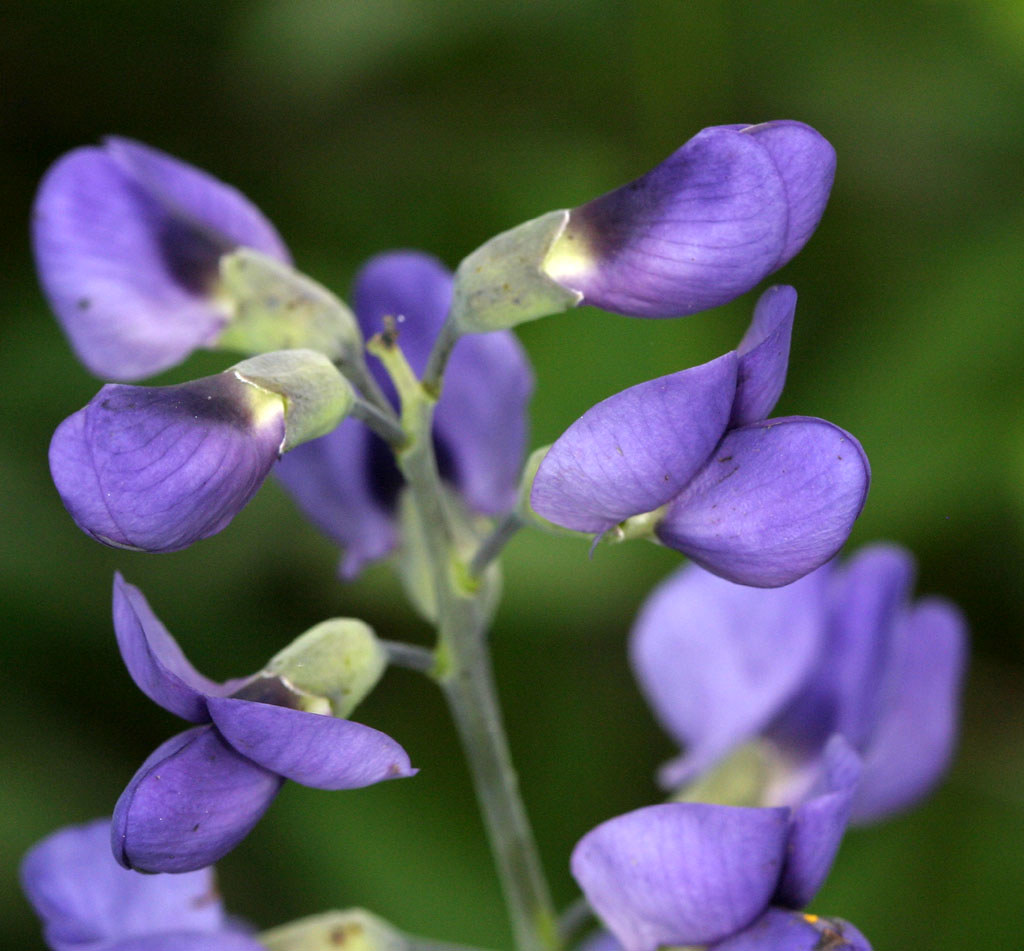Disclaimer: This Materia Medica is provided for informational purposes only and should not replace professional medical advice. Please consult with a qualified healthcare practitioner or herbalist before using any herbal remedies.
Botanical Description:
Aloe Vera:
- Family: Asphodelaceae (formerly Liliaceae)
- Genus: Aloe
- Species: Barbadensis Mill.
Plant Characteristics:
Aloe Vera is a succulent plant known for its fleshy leaves, which contain a clear gel. The plant typically reaches a height of 24-39 inches, with thick, lance-shaped leaves clustered in a rosette. The leaves are serrated with small white teeth along the edges and feature a gel-filled inner portion. The plant produces tubular yellow flowers on a spike-like inflorescence, although it is primarily cultivated for its medicinal gel.
Therapeutic Actions:
1. Skin Healing:
Aloe Vera is renowned for its potent wound-healing properties. The gel promotes cell regeneration, accelerates wound closure, and minimizes scar formation. It is effective in treating minor cuts, burns, and abrasions.
2. Anti-Inflammatory:
The plant’s constituents exhibit anti-inflammatory effects, making Aloe Vera beneficial for soothing irritated skin conditions, such as sunburns, eczema, and psoriasis. Topical application can reduce redness and inflammation.
3. Laxative:
Internally, Aloe Vera latex, obtained from the inner leaf skin, acts as a natural laxative. It stimulates bowel movements and is occasionally used for short-term relief of constipation.
4. Immunomodulatory:
Aloe Vera has immunomodulatory effects, enhancing the body’s immune response. Regular use may contribute to overall immune system health.
Constituents:
- Aloin: A natural laxative found in the latex layer beneath the leaf skin.
- Polysaccharides: Mainly acemannan, with immune-boosting properties.
- Enzymes: Amylase, lipase, and alkaline phosphatase, aiding digestion.
- Anthraquinones: Possessing anti-inflammatory and laxative effects.
- Vitamins and Minerals: Rich in vitamins A, C, E, and B12, plus minerals like calcium and magnesium.
Traditional Uses:
1. External Applications:
- Sunburn Relief: Apply Aloe Vera gel to soothe and cool sunburned skin.
- Wound Healing: Accelerate wound healing by applying the gel to cuts and minor burns.
- Skin Conditions: Alleviate symptoms of eczema and psoriasis through regular topical application.
2. Internal Use:
- Digestive Aid: Take Aloe Vera latex under supervision for occasional constipation relief.
- Immune Support: Consume Aloe Vera gel internally to support immune function.
Dosage and Preparation:
1. External Use:
- Fresh Gel: Apply directly to affected areas.
- Topical Cream: Use commercially available Aloe Vera creams as directed.
2. Internal Use:
- Aloe Latex: Consult with a healthcare professional for appropriate dosage.
- Aloe Gel: Typically 1-3 tablespoons daily, but consult a professional for individualized recommendations.
Cautions and Considerations:
- Allergic Reactions: Some individuals may be allergic to Aloe Vera. Perform a patch test before extensive topical use.
- Laxative Effect: Avoid excessive internal use of Aloe Vera latex, as it may lead to dehydration and electrolyte imbalance.
- Pregnancy and Lactation: Consult with a healthcare professional before using Aloe Vera internally during pregnancy or lactation.
Conclusion:
Aloe Vera, with its versatile therapeutic actions, has earned a well-deserved place in herbal medicine. Whether applied topically for skin conditions or used internally for digestive and immune support, its healing properties make it a valuable addition to the herbalist’s repertoire. However, caution and individualized guidance are crucial to ensure safe and effective use. As with any herbal remedy, consulting with a qualified healthcare practitioner is strongly advised





